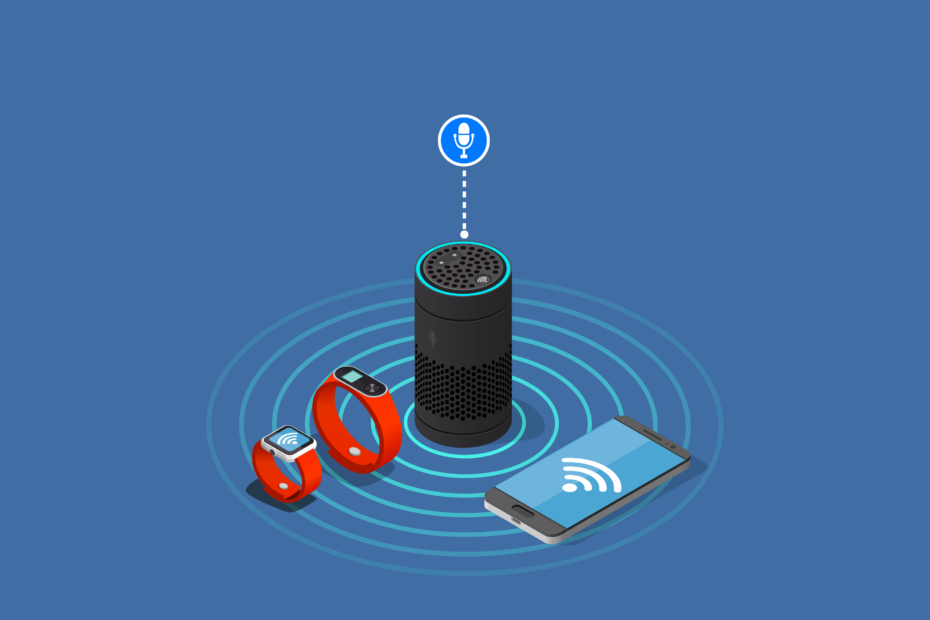In today’s fast-paced world, staying organized and efficient is crucial for businesses and individuals alike. The revolutionary technology known as Radio Frequency Identification (RFID) has transformed how we track and manage assets, inventory, and even people. RFID has found applications in various industries, from retail and logistics to healthcare and security. In this blog, we will delve into the world of RFID, understanding what it is, how it works, and the benefits it brings. So, let’s get started!
What is RFID?
RFID is a wireless technology that employs radio waves to identify and track objects, animals, or even people automatically. The system comprises three main components: the RFID tag, the reader, and a database. The RFID tag, typically a small chip with an antenna, is affixed to the item to be tracked. The reader emits radio signals, which the RFID tag responds to by transmitting its unique information. The reader then captures this data and sends it to a centralized database for processing and analysis.
How Does RFID Work?
- RFID Tags: RFID tags are the heart of the system. They come in two types: passive and active. Passive RFID tags do not have an internal power source and depend on the energy transmitted from the reader to operate. Active RFID tags, on the other hand, have their power source, allowing them to broadcast signals over greater distances.
- Readers: RFID readers, also known as interrogators, are devices equipped with antennas that emit radio signals in a specific frequency range. These signals energize the passive RFID tags in their vicinity, prompting them to respond with their stored information.
- Data Transmission: When the RFID reader’s radio signal reaches the RFID tag, the tag activates and sends back its unique identifier and other relevant data. This could be a serial number or specific information about the item, such as manufacturing date, location, or product details.
- Database and Data Processing: The reader transmits the captured information to a centralized database. Here, the data is processed, analyzed, and stored for future use. Businesses can access this data in real-time, enabling them to make informed decisions quickly.
Applications of RFID Technology
- Supply Chain and Inventory Management: RFID technology streamlines supply chain operations, allowing businesses to track inventory movement, reduce theft, and optimize stock levels. It enables real-time visibility of products from production to the point of sale.
- Retail and Point-of-Sale: RFID has revolutionized the retail industry by enabling quick and accurate checkouts. It helps prevent stock outs, improves inventory accuracy, and enhances the overall shopping experience.
- Asset Tracking: Many industries use RFID to monitor and manage valuable assets, such as equipment, vehicles, and tools. This ensures better asset utilization and reduces the likelihood of misplacements or theft.
- Access Control and Security: RFID-based access control systems enhance security by allowing authorized personnel entry to restricted areas while keeping unauthorized individuals out.
- Healthcare: RFID plays a vital role in medical environments by tracking medical equipment, ensuring patient safety, and efficiently managing inventory and medication.
Benefits of RFID Technology
- Efficiency: RFID eliminates the need for manual data entry, reducing human errors and speeding up processes.
- Cost-Effectiveness: Increased efficiency and accuracy lead to cost savings in various aspects of business operations.
- Real-Time Tracking: RFID enables real-time tracking of assets and inventory, facilitating timely decision-making.
- Enhanced Security: RFID provides a secure and tamper-resistant method of tracking and identifying items.
- Automation: The technology automates previously labor-intensive tasks, freeing up human resources for more strategic roles.
Conclusion
Radio Frequency Identification (RFID) is a transformative technology that has revolutionized tracking and data management across industries. With its ability to provide real-time visibility, improve efficiency, and enhance security, RFID continues to play a significant role in shaping the future of business operations. As the technology advances, we can expect even more innovative applications and broader integration into our daily lives, making the world a more connected and organized place. Embracing RFID today is a step towards a more efficient and intelligent future tomorrow.
